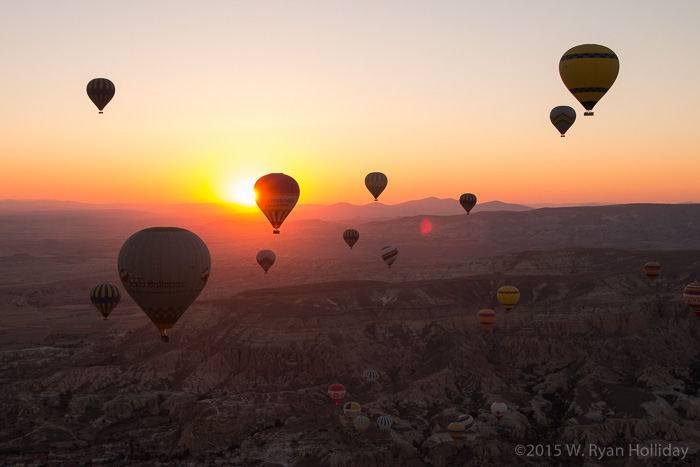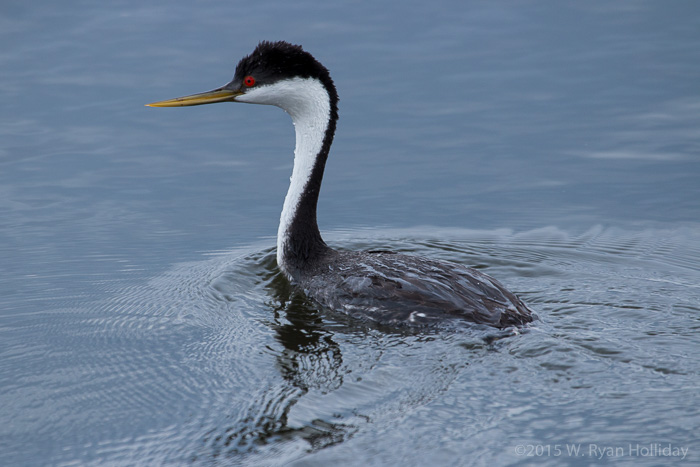Here’s the summary of all of the excitement from the past month:
- Three weeks ago I drove up to the Bay Area to bring Audrey home after eight months. We made a quick visit to see Ma & Pa, had a night out with her co-workers and friends, and then the Subaru was packed to the gills to haul her stuff back to Culver City.
- On her first weekend home we went to Ojai for a friend’s wedding. The bride was originally from Bangladesh, so night one of the wedding was celebrated Indian-style, with guests wearing loaned Indian attire, traditional dancing, and washing of the hands with milk, which sounds gross but is only kind of gross. The next night was semi-traditional: the bride wore an American wedding dress and the groom wore a tuxedo, but he also came down the aisle in a pair of Converse while the guitarist played Metallica. Definitely a fun time and one of the more original weddings I’ve ever attended.
- The following week I flew to Texas for work, and since the temperature has dropped from insanely hot to uncomfortably warm I decided that this was as good of a time as any to stay for the weekend and do some exploring. The tiny town of Lockhart, an hour northeast of San Antonio, is supposedly the mecca for barbecue, so I visited Kreuz’s Market, a business representing half of a family dispute that national media dubbed the “barbefeud“. Apparently the question of whether barbecued meat should have sauce on it is a matter that can lead to fist fights, and while I thought the meat at this particular establishment was perhaps the best prepared barbecue I’ve ever had, I learned that I am clearly a member of the pro-sauce contingent. The weekend’s other activities included a trip to the LBJ Presidential library, a trip to the Texas Capitol to view portraits of early legislators and their insanely creative facial hair, and some time spent roaming around Austin’s 6th street, where it seemed like every other bar had a live band. The next day I headed off towards the town of Marble Falls thinking that a waterfall traversing a marble canyon sounded like a sight worth seeing, only to learn that in true Texas style the falls now lie at the bottom of a reservoir.
The coming weeks are reserved for Audrey’s annual Scare-the-Children Halloween extravaganza, so expect a future journal entry detailing exactly how many children lost control of bodily functions while seeking out candy at our abode.











